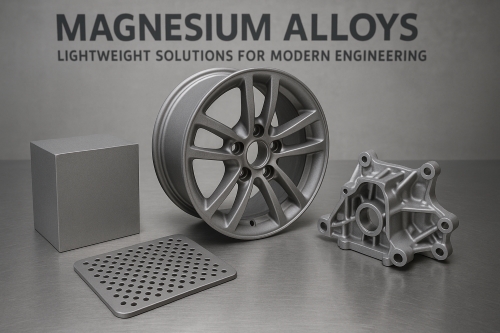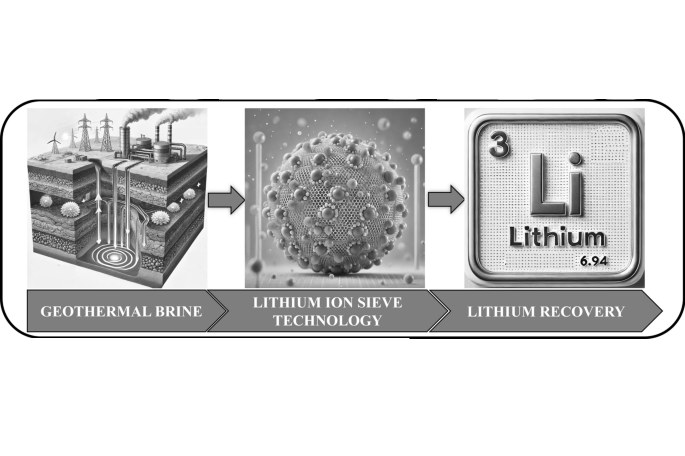Uses Of Molybdenum And Molybdenum Alloys
Because Molybdenum and Molybdenum alloys exhibit high-temperature performance, elevated thermal conductivity and a low coefficient of thermal expansion, they are frequently employed in high-technology applications and other fields. This article examines the applications of molybdenum and molybdenum alloys.
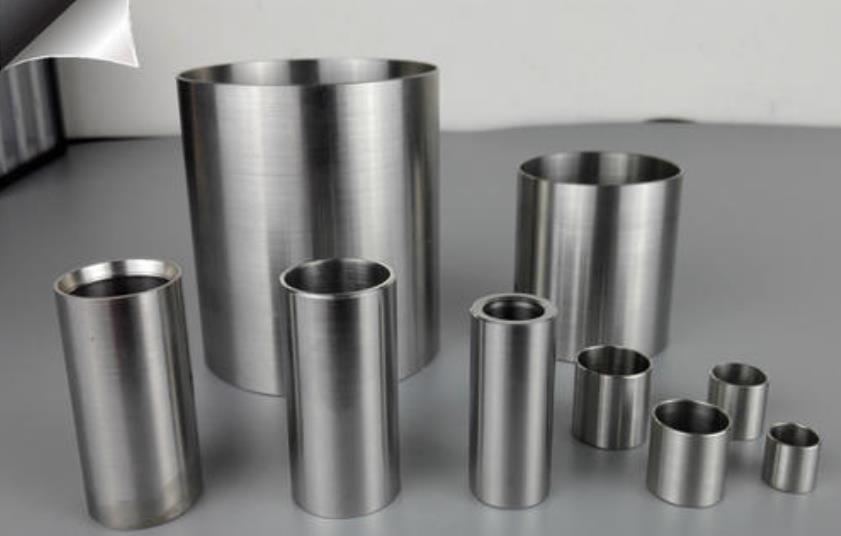
Applications of Molybdenum and Molybdenum Alloys
-
The utilisation of molybdenum and molybdenum alloys in the iron and steel industry
When added as an alloying element in steel, molybdenum increases strength, particularly under high-temperature conditions, and improves toughness. It also enhances resistance to corrosion in acid–base solutions and liquid metals. Additionally, it improves wear resistance as well as hardenability, weldability and heat resistance.
Molybdenum forms carbides under standard conditions. It does not oxidise during steel production. It can be used either alone or in combination with other alloying elements.
Molybdenum is combined with chromium, nickel, manganese and silicon to produce various types of stainless steel, tool steel, high‐speed steel and alloyed steel.
-
The utilisation of molybdenum and molybdenum alloys in electronics and electrical engineering
Molybdenum exhibits good electrical conductivity and high temperature resistance. Its coefficient of thermal expansion closely approximates that of glass. Consequently, it is frequently used for the filament core wire, lead-in wire, support rod and other components of the spiral filament in incandescent lamps, as well as grid and anode support materials in vacuum tubes.
In addition to the use of pure molybdenum in modern electronics manufacturing, Mo–Re alloys are utilised as structural materials for vacuum tubes and specialised incandescent lamps. Moreover, Mo-50Re and TZM alloys are employed as structural components in thermionic cathodes within high-performance microwave tubes and millimetre-wave tubes.
-
The utilisation of molybdenum and molybdenum alloys in automotive coating
Molybdenum has a melting point of up to 2620 °C. It demonstrates high performance at elevated temperatures, resistance to corrosion and strong adhesion to steel. Consequently, it is the principal material for thermal spraying during the manufacture of automotive parts.
Thermal spraying increases the operational performance of piston rings, synchronising rings, rocker arms and other components. It is also applied for the repair of worn crankshafts, rollers, shafts and other mechanical parts.
-
The utilisation of molybdenum and molybdenum alloys in high-temperature components
Molybdenum is characterised by high purity, effective high-temperature performance and low vapour pressure. Consequently, it is frequently employed in the production of heating elements and construction materials for high-temperature furnaces. Molybdenum exhibits good ablation resistance in molten quartz. It is commonly used as an electrode for excitation and melting in the glass industry, and its service life may exceed 1 year.
In addition to its use as an electrode, molybdenum is used as a high-temperature structural material for glass melting, for example in guide grooves and tubes. Its use in place of platinum in the fibre drawing furnace reduces production costs considerably.
-
The utilisation of molybdenum and molybdenum alloys in oil extraction
Molybdenum is not only used in drill pipes for oil and gas fields, but it is also frequently combined with Cobalt andNickel as a catalyst in the pretreatment stage of petroleum refining.
Furthermore, molybdenum and its alloys are applied in sectors such as the nuclear industry, aerospace and environmental protection.
Conclusion
We thank you for reading this article. We trust that it has provided a clearer understanding of the applications of molybdenum and molybdenum alloys. For further information on molybdenum and its alloys, please visit Stanford Advanced Materials (SAM).
As a provider of molybdenum products on a global scale, SAM has over two decades of experience in the manufacture and distribution of molybdenum tubes, molybdenum powder and molybdenum alloys. They supply customers with molybdenum products for research and development as well as production requirements. We are confident that SAM will be your preferred supplier and business partner for molybdenum products.

 Bars
Bars
 Beads & Spheres
Beads & Spheres
 Bolts & Nuts
Bolts & Nuts
 Crucibles
Crucibles
 Discs
Discs
 Fibers & Fabrics
Fibers & Fabrics
 Films
Films
 Flake
Flake
 Foams
Foams
 Foil
Foil
 Granules
Granules
 Honeycombs
Honeycombs
 Ink
Ink
 Laminate
Laminate
 Lumps
Lumps
 Meshes
Meshes
 Metallised Film
Metallised Film
 Plate
Plate
 Powders
Powders
 Rod
Rod
 Sheets
Sheets
 Single Crystals
Single Crystals
 Sputtering Target
Sputtering Target
 Tubes
Tubes
 Washer
Washer
 Wires
Wires
 Converters & Calculators
Converters & Calculators
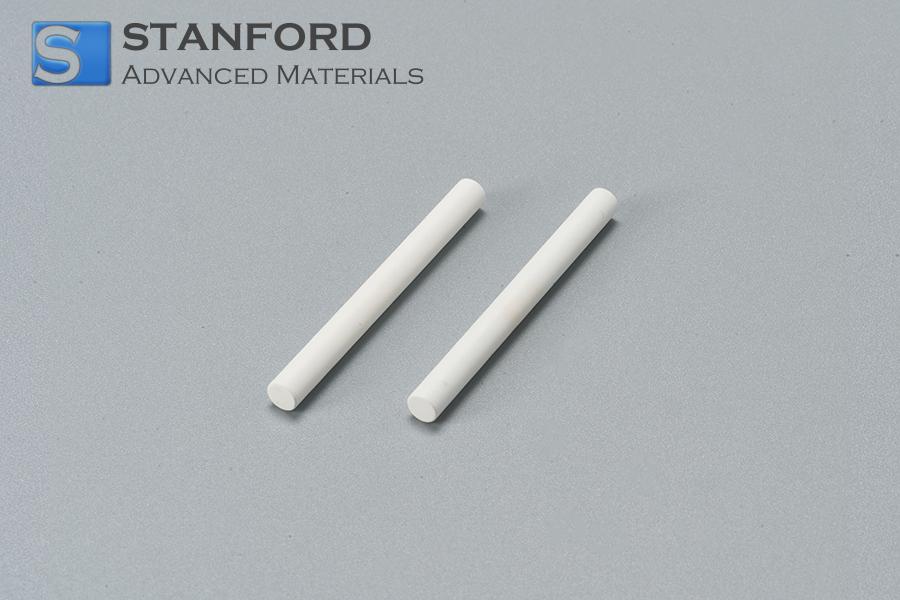
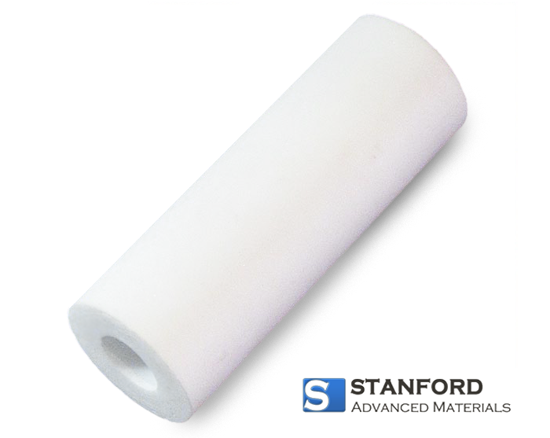
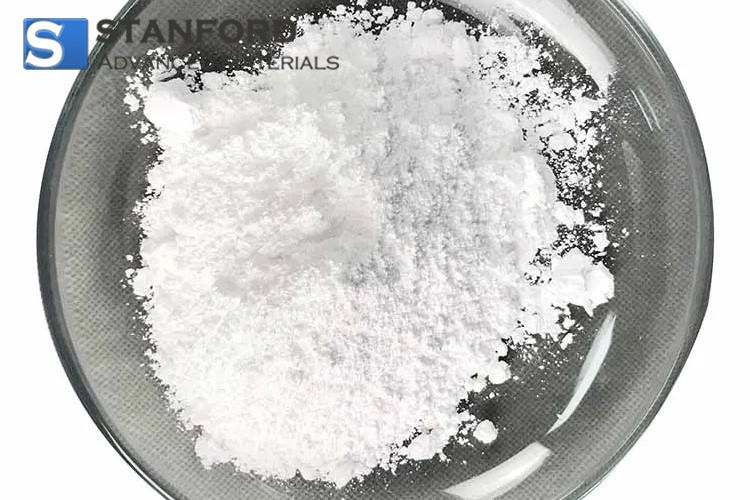
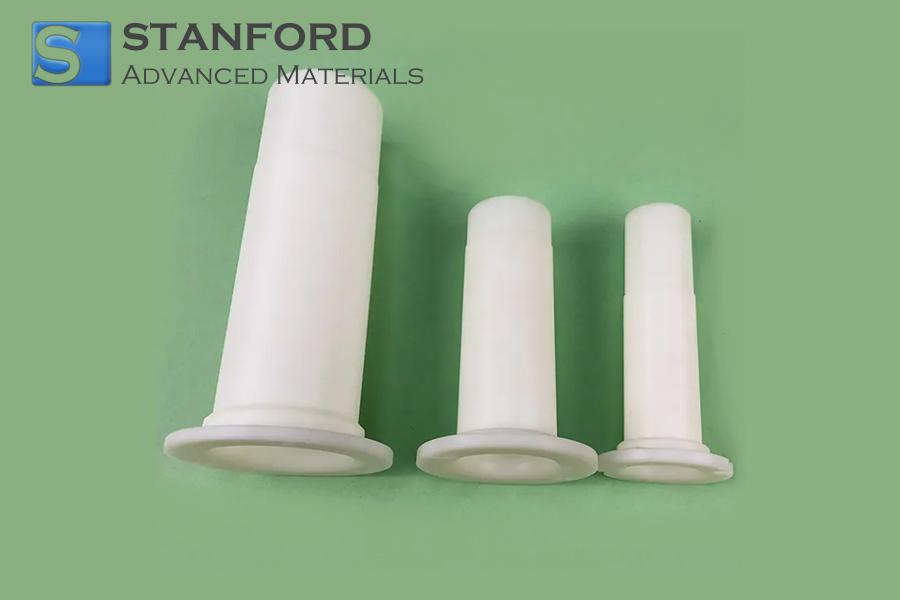
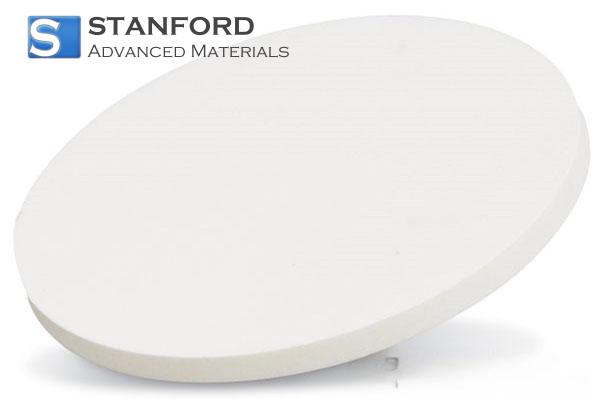
 Chin Trento
Chin Trento

